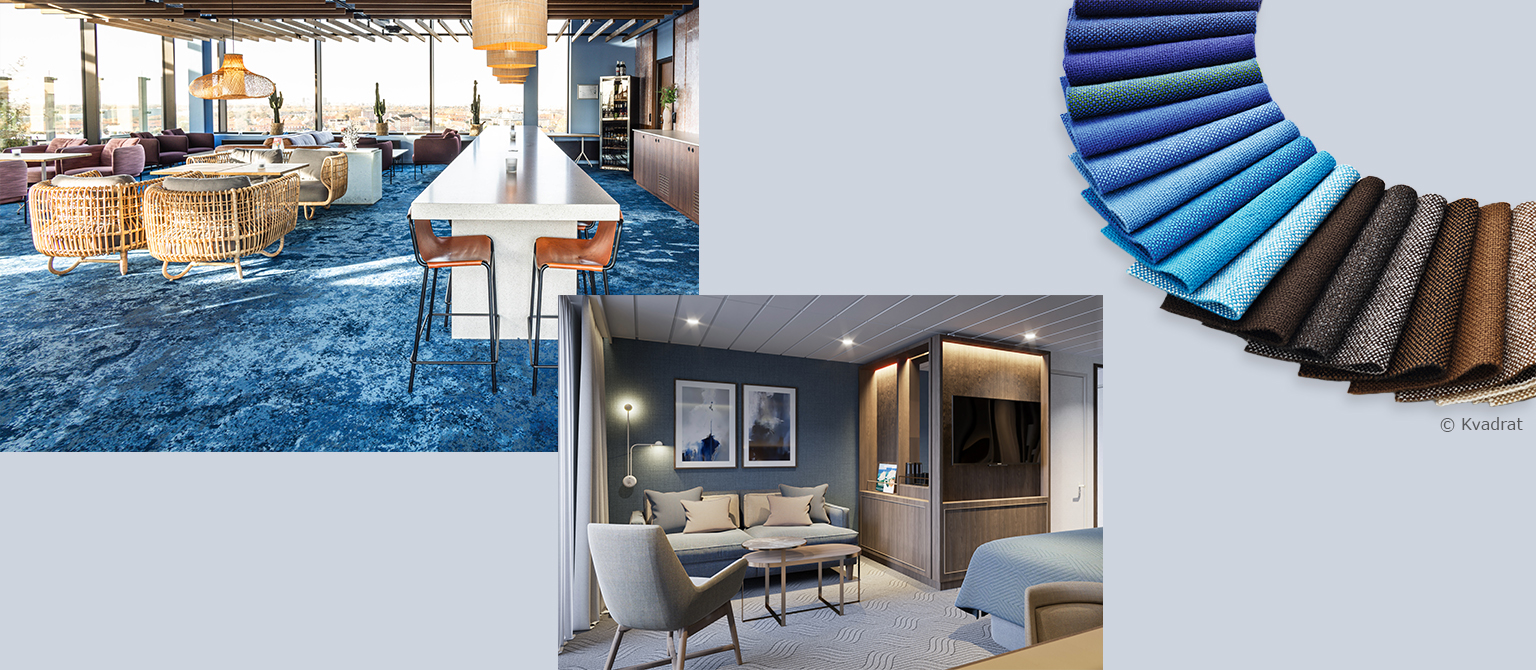NEWS /
The impact of textiles in hotel décor
Textiles are far more than a finishing touch – they shape atmosphere, influence well-being, and communicate brand identity. From acoustic comfort to emotional ambience, the right fabrics transform interiors into memorable guest experiences.


